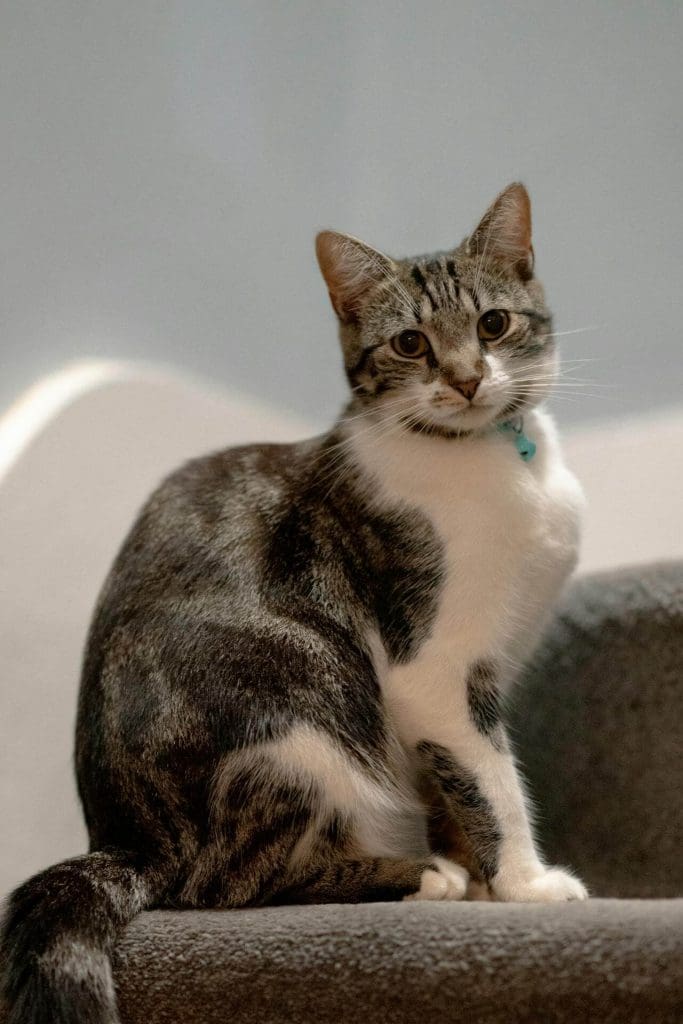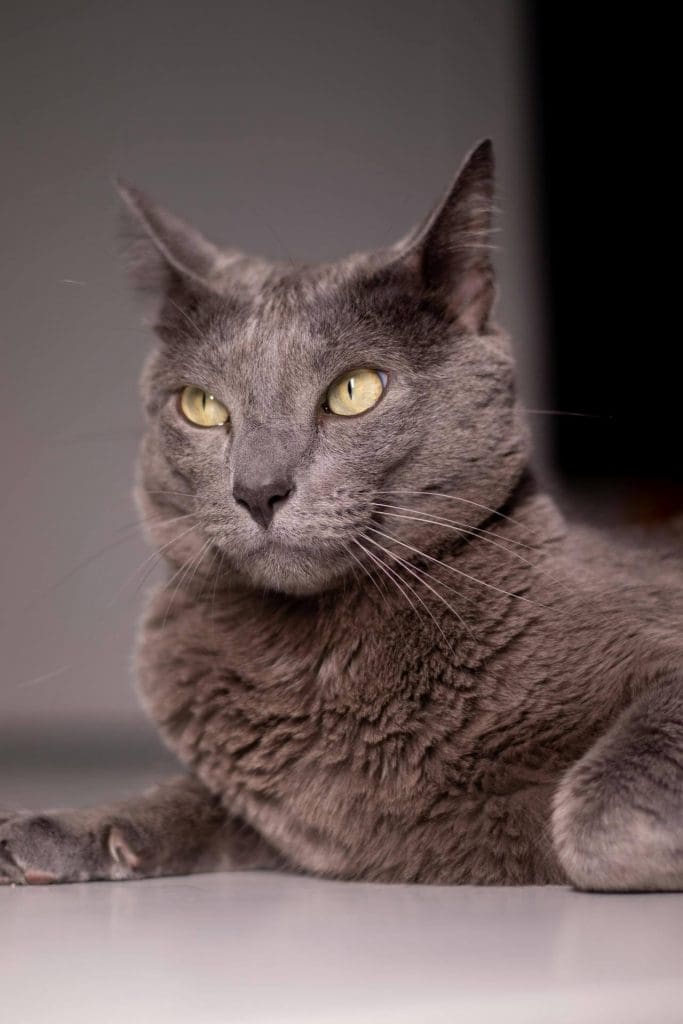Cat owners know that otherworldly retching sound all too well. Most felines will experience a buildup of fur in their stomachs from time to time, and when it doesn’t pass through their intestines, it has to come up (usually on your favorite rug).
Hairballs are common, but they aren’t necessarily a normal part of life with cats. Proactive pet parents can take steps to drastically reduce uncomfortable hairballs — and save their carpet in the process.
 What Are Hairballs, Anyway?
What Are Hairballs, Anyway?Despite their name, extruded hairballs are almost always long and tube-shaped.
When cats groom themselves, they inevitably swallow a bit of their own fur. Cat hair contains an indigestible protein called keratin that prevents stomach acid from breaking it down alongside their food. Most of this hair passes on its own in cats’ feces, but occasionally bits of hair will linger in the stomach and form a clump.
To get some relief, cats need to eject the hairball. While this process is commonly referred to as “hacking” because of the sound that accompanies it, cats vomit hairballs rather than cough them up. Air escaping around the wet clump of hair as it’s extruded from the esophagus produces that horrendous, unmistakable sound.
In its final form, a hairball is made up of fur, stomach secretions, and bits of undigested food that may have gotten caught up in the process.
No cat is immune to hairballs (even hairless breeds like sphynx can get them as a result of grooming other cats or their humans). However, long-haired breeds are understandably at higher risk. Be particularly vigilant about hairballs if your feline friend is a:
The occasional hairballs (one every week or two) may be a nuisance, but it’s probably not cause for concern.
If you’re noticing an uptick in production, however, reach out to your vet. Excessive hairballs can be the result of over-grooming, which could be the result of skin issues caused by environmental allergies, food sensitivities, or stress.
Hacking and wheezing that doesn’t produce a hairball can be a symptom of feline asthma or an indication that the hairball has grown into a dangerous, impassable blockage. Both conditions require immediate medical attention.
If you want to experience fewer wads of wet hair, here are some practical tips for hairball reduction.

Regular brushing not only helps curb shedding — it also reduces the amount of hair cats ingest while licking themselves.
Grooming assistance becomes even more important as cats age. Senior cats may lose the flexibility to clean hard-to-reach areas, and slower digestion can make it easier for large hairballs to form.
Chewing is not an exclusively “dog” behavior. If your cat is prone to nibbling on things that aren’t food, make sure you remove anything they could accidentally swallow from their environment.
Hairballs form easily around foreign objects in the stomach, and they can easily turn into dangerous obstructions. Keep bits of string, rubber bands, and twist ties stowed safely out of reach.
Proper hydration can naturally inhibit the occurrence of hairballs in two ways. First, it promotes smooth digestion. Second, it reduces hair fall, limiting the amount of hair that ends up in your cat’s stomach in the first place.
If your cat is a fussy drinker, changing their water dish or adding more wet food to their diet can help close hydration gaps.
There are a number of supplements and cat food formulas that can help arrest hairballs. If your cat’s hacking has become excessive and your vet has ruled out more serious underlying conditions, they can help you choose a dietary regime that supports a healthy coat and good digestion.
Your vet may also recommend changes to your feeding schedule. Opting for multiple small meals throughout the day can encourage any hair your cat swallows to pass through their digestive system without forming a clump.